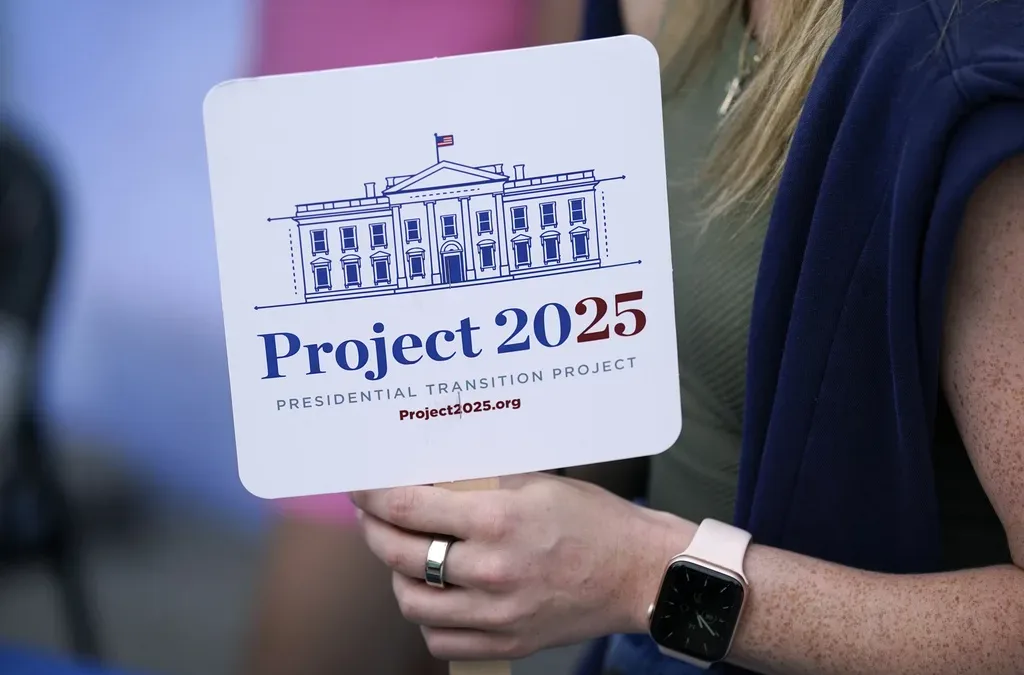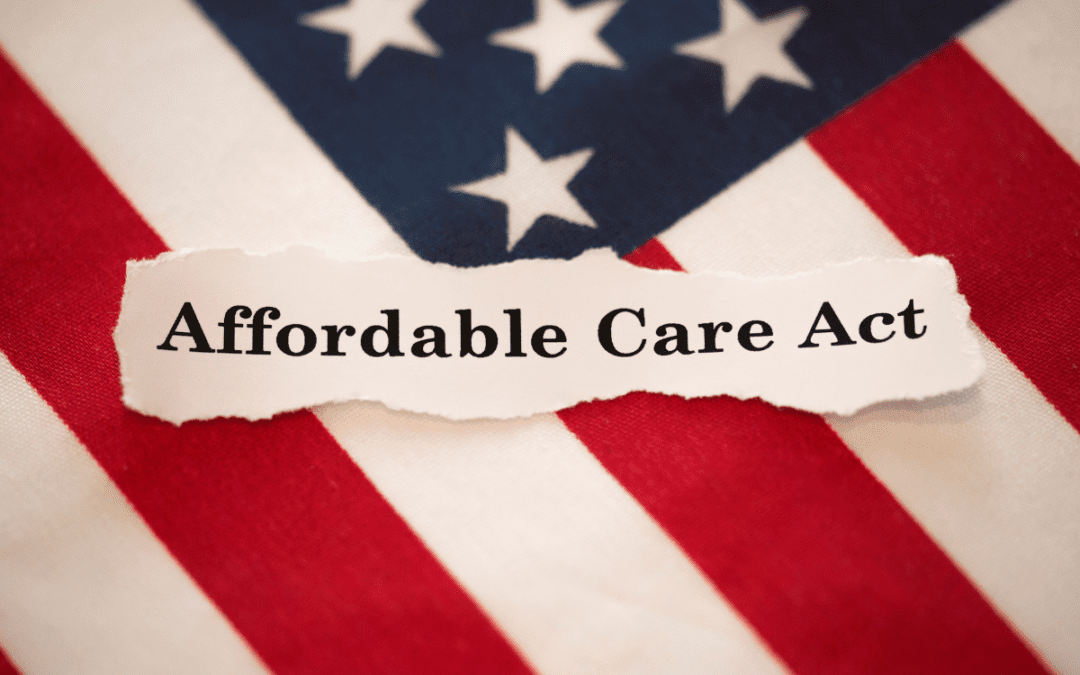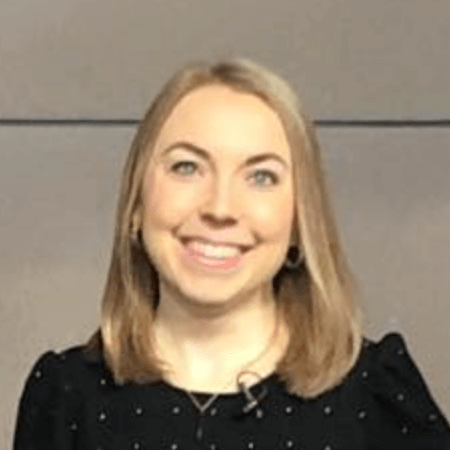
While the past three years have been largely focused on physical health and COVID, Wisconsin Gov. Tony Evers used this year’s State of the State address to shift the focus to mental health.
“Doing what’s best for our kids has always been what’s best for our state,” Evers said, before a joint session of the Wisconsin State legislature in his late January State of the State speech. “And today, we can afford to do more.”
Wisconsin has a projected $7 billion budget surplus this year. Evers wants to use roughly $2 billion of it to increase funding for public schools, with the largest chunk ($500 million) going to mental health and behavioral support programs.
Facts About the State of Mental Health
- 18% of US adults have a diagnosable mental health disorder.
- Mental disorders are among the most costly health conditions for adults 18-64, along with cancer and trauma-related disorders.
- While 48% of whites with a mental health condition receive treatment in a given year, only 31% of Blacks and Hispanics and 22% of Asians do.
- White Americans are more likely to die by suicide than any other ethnic group.
- 50 to 75% of kids in the juvenile justice system meet the criteria for a mental health disorder.
One month into Wisconsin’s “Year of Mental Health”, we checked in with the Evers administration to find out who they’re helping, how much they’re spending, and what kind of results they’re seeing so far.

Kids Get Ahead
According to the American Behavioral Clinics (a group of Wisconsin-based mental health service centers), more than 10% of students feel sad daily and, as a result, can’t complete their homework. Evers is asking state legislators to approve $270 million to fund Kids Get Ahead, a program designed to get more mental health services in Wisconsin schools.
Veterans Mental Health
Evers also promised to continue supporting and improving veterans’ mental health programs. So far, his administration has followed many of the recommendations from the Blue Ribbon Commission, which improved job training, public transit, and better healthcare for rural veterans.
Suicide and Crisis Hotline
After celebrating the immediate success of the Suicide and Crisis Hotline, which received 6,000+ calls in its first month of operation last year, Evers announced more funding for the 24/7 phone number. Anyone anywhere can dial 988 any time they are experiencing suicidal thoughts, a mental health crisis, or just need to talk with someone.

Politics

6 terrifying things that could happen if the Comstock Act is used to target abortion
Does 1873 sound like a really, really long time ago? Well, that’s because it is—but if Republicans and far-right anti-abortion activists have their...

Opinion: Many reasons why young adults should refuse to let Republicans kill the Affordable Care Act
In this op-ed, University of Wisconsin Medical School student, Samantha Crowley, shares the importance of young adults protecting the Affordable...
Local News

Stop and smell these native Wisconsin flowers this Earth Day
Spring has sprung — and here in Wisconsin, the signs are everywhere! From warmer weather and longer days to birds returning to your backyard trees....

Your guide to the 2024 Blue Ox Music Festival in Eau Claire
Eau Claire and art go hand in hand. The city is home to a multitude of sculptures, murals, and music events — including several annual showcases,...





